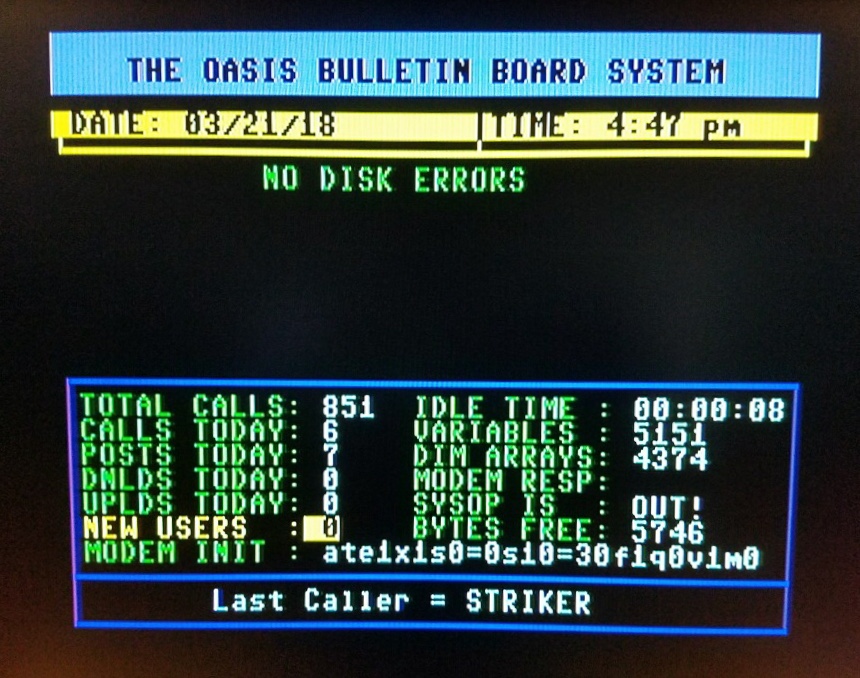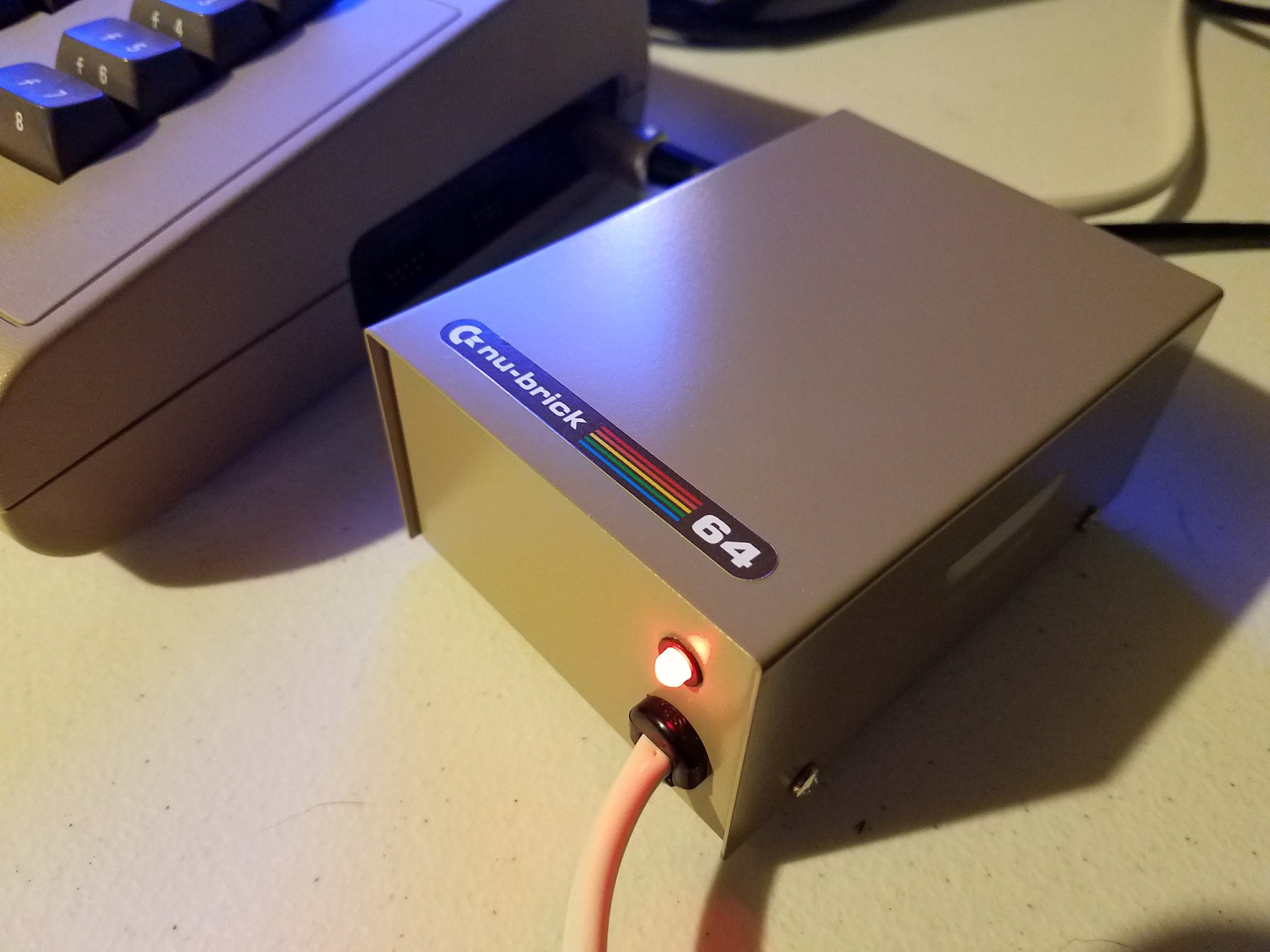Adrian from Adrian’s Digital Basement shows how an Apple II can run software using a Commodore 1541 disk drive. The project starts with a copy of Dazzle Draw booting successfully from a 1541. That alone is strange enough to grab attention.
Both the 1541 and the Apple Disk II use 5.25-inch single-sided double-density disks. But their internals are quite different. The 1541 includes a 6502-based computer and its own power supply. Apple’s drive leans on the host computer to do most of the work. These design differences mean the Commodore unit is heavier and bulkier.
Despite those contrasts, both drives use the same ALPS mechanism to read and write disks. That’s the part Adrian swapped. He transplanted the Apple mechanism into the Commodore chassis. No signal converters or fancy electronics—just swapping compatible parts.
Swapping Components
To make it work, Adrian had to move the Apple mechanism into the 1541 housing, add the Apple controller board, and reroute wires. He swapped the front faceplate and added the activity LED. Brass standoffs were added to hold the Apple board inside the Commodore’s case. A quick hot glue application kept everything stable.
One snag was locating a usable 5V source for the Commodore power LED. After some probing, he wired it up directly using a resistor. That green LED lights up as expected.
Putting It to Work
Once assembled, the hybrid disk drive functioned like a standard Apple floppy. It head-banged on boot, lit up the activity LED, and ran software as expected. The only oddity was that the drive mechanism sounded louder than usual. That might be due to the extra structure inside the 1541’s shell.
Adrian plans to use this drive at retro meetups. Watching an Apple II boot software from what looks like a Commodore drive is bound to raise some eyebrows. It’s a working Apple II drive in disguise. That’s the entire point.
This isn’t about practicality. The 1541 shell is large and lacks daisy-chaining. But it’s fun and reversible. Adrian can always return the parts to their original machines if needed. For now, the hybrid disk drive lives on as a weird, working, and completely functional mix of two old machines.







